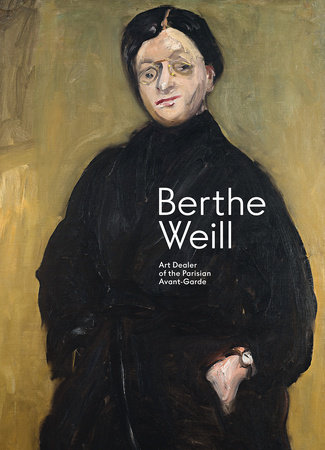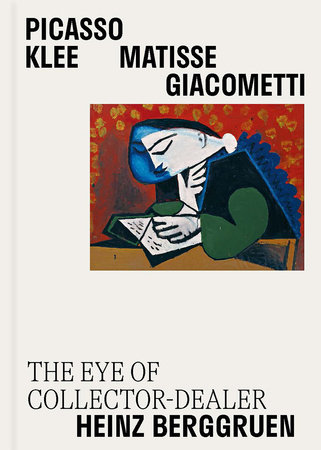Berthe Weill: Art Dealer of the Parisian Avant-Garde
Author Lynn Gumpert and Marianne Le Morvan and Anne Grace and Stéphane Aquin and Claire Bernardi and Robert Parker and Charles Dellheim and Sophie Eloy and Kirsten Pai Buick and Ambre Gauthier
- Publish Date: October 08, 2024
- Format: Hardcover
- Category: Art - Movements - Modernism
- Publisher: Flammarion
- Trim Size: 7 x 10
- Pages: 192
- US Price: $45.00
- CDN Price: $60.00
- ISBN: 978-2-08-044720-3
Reviews
"Berthe Weill (1865-1951) promoted Matisse and Modigliani, and was Picasso’s first dealer. This overdue show will include many pieces that once hung in her gallery." — ARTDAILY.COM
"Pablo Picasso, Henri Matisse, Suzanne Valadon and Raoul Dufy are just a few of the icons championed by Berthe Weill, the first woman modern art dealer. Weill, who maintained a gallery in Paris from 1901–1941, was an important yet overlooked figure in art history. Dedicated to promoting the work of emerging avant-garde artists, she fought sexism, antisemitism and fierce competition to become a major influence within 20th century art. Bringing together many works shown in her trailblazing gallery, an exhibition at New York University’s Grey Art Museum offers a portrait of Weill, but also provides a window into a period of radical innovation and creative transformation." — CHRISTIE'S
"Before there was Paula Cooper, or even Peggy Guggenheim, there was Berthe Weill. The first woman dealer of modern art, Weill showed some of the most important artists of the 20th century, including Pablo Picasso and Amedeo Modigliani, from her gallery in the ninth arrondissement." — CULTURED
“A legitimate question then arises,” writes French scholar and founder of the Berthe Weill Archive, Marianne Le Morvan, in the scholarly exhibition catalog accompanying the exhibition. “What would have become of all these artists without Berthe Weill’s support?” Many of the artists she supported did famously well, moving on to more established dealers and cementing their importance in museum collections and books. Weill, on the other hand, died in poverty and obscurity, and with no heirs to care for her legacy was soon forgotten. This exhibition hopes to help change that." — ART NET

